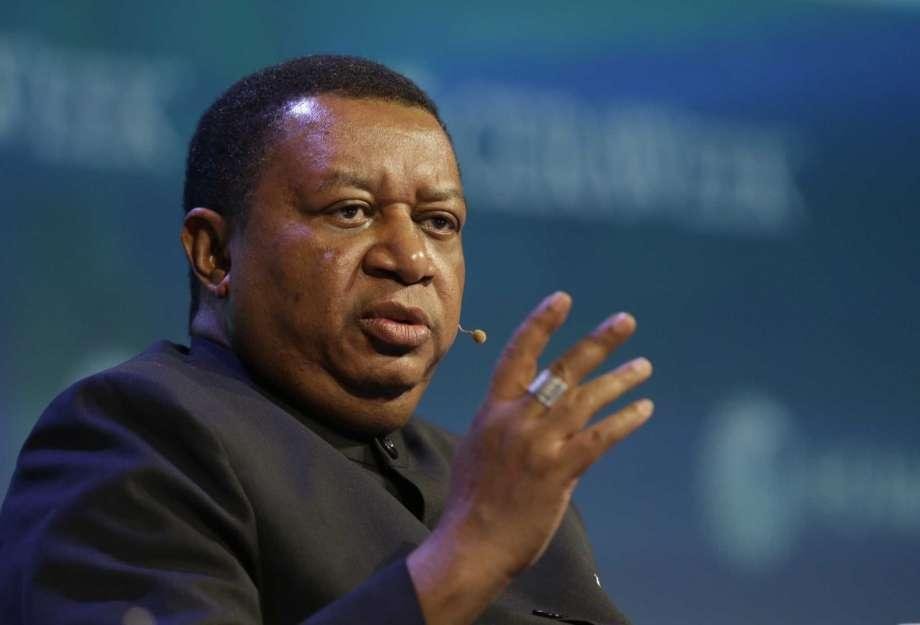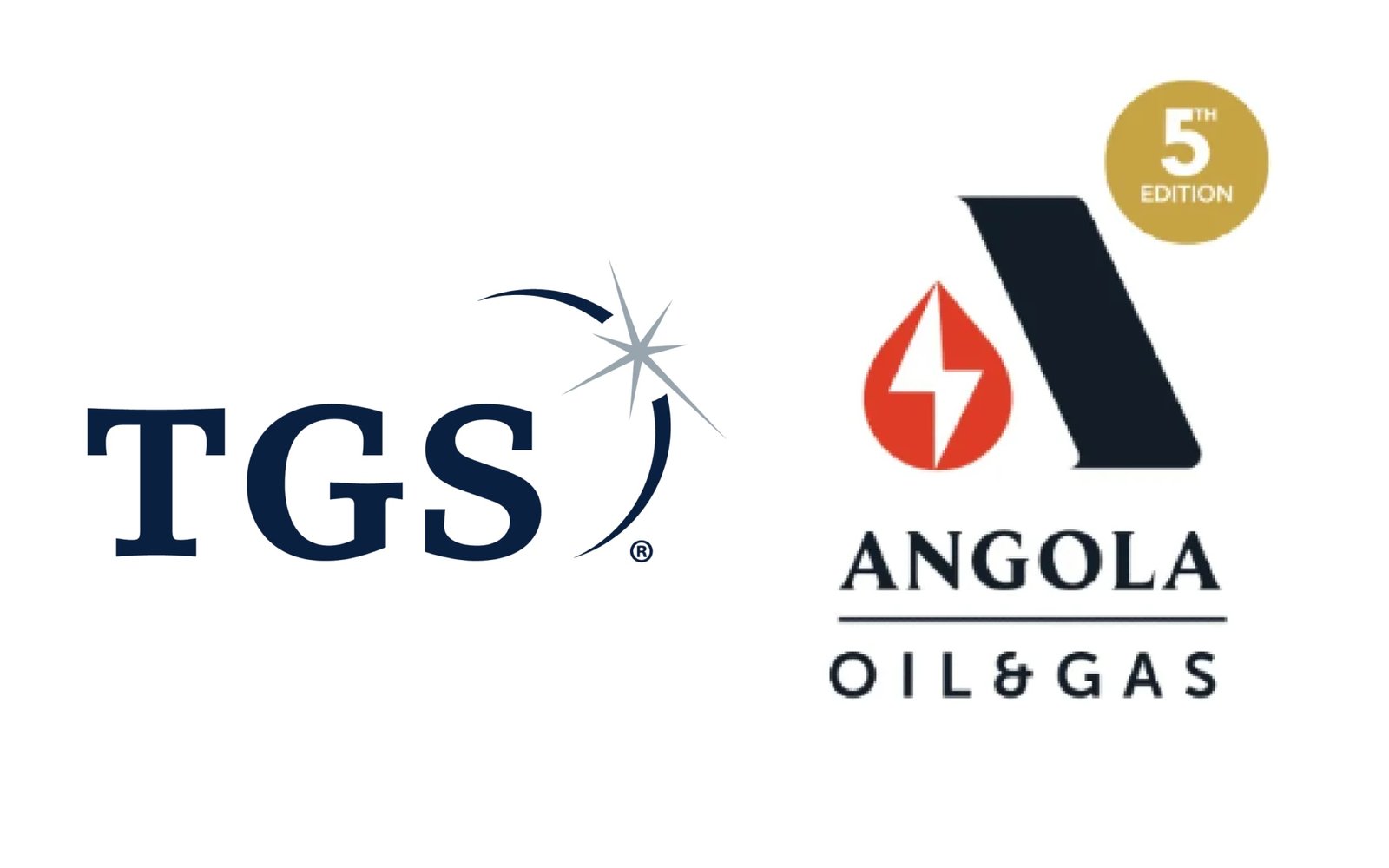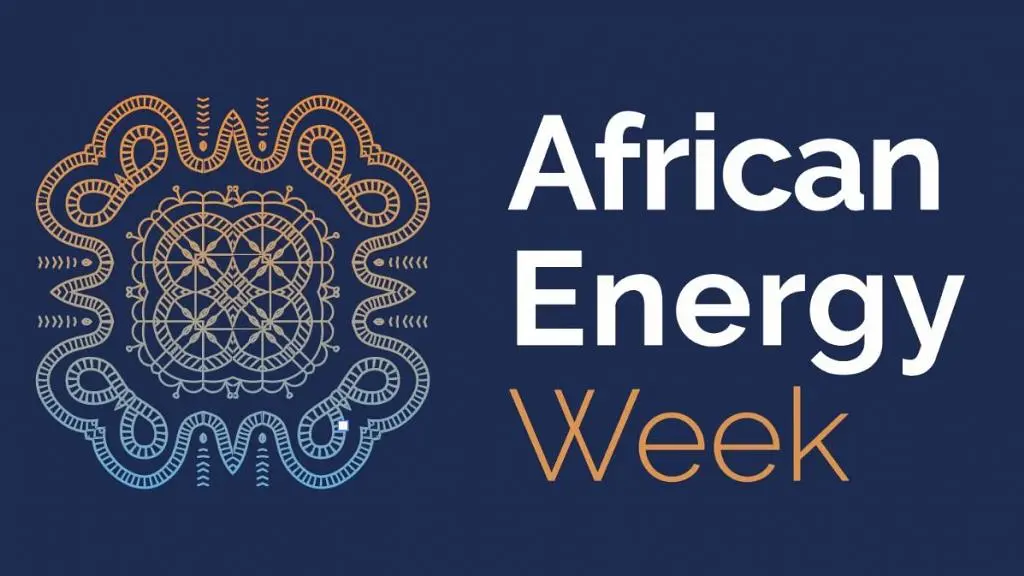Latest data show that total OECD oil stocks fell further by 20 mb month-on-month in August
By Mohammad Sanusi Barkindo
Welcome to the 55th Meeting of the Joint Technical Committee (JTC). I thank our Chairman and Co-Chairman for your skilful leadership of these meetings, and all the delegates for your important contributions to the Declaration of Cooperation (DoC).
Today’s JTC is taking place between the releases of two flagship OPEC publications. Yesterday, we launched the 15th edition of the World Oil Outlook and tomorrow, the 56th Annual Statistical Bulletin will be unveiled. Like our industry-leading Monthly Oil Market Report, these references are essential tools for stakeholders from across the energy spectrum.
These Opening Remarks of HE Mohammad Sanusi Barkindo 55th JTC, 29 September 2021 © 2021 Organization of the Petroleum Exporting Countries 2 publications provide a trove of analysis and data that are vital to market stabilization efforts and are widely recognized and acclaimed references. We are proud that we can support this Committee’s all-important work by tapping these resources and the experts who produce them. I thank our Member Countries who make these publications possible, and the non-OPEC countries, including those in the Declaration of Cooperation, who contribute by sharing their own data, information as well as expertise.
I also would like to express my appreciation to those of you who attended yesterday’s videoconference launch of the WOO and welcome, as always, your feedback. Mr Chairman, Mr Co-Chairman, ladies and gentlemen, As we approach the final quarter of 2021, it is clear that this has been a year of recovery, and despite some setbacks, the extreme volatility we suffered in 2020 has thankfully remained subdued.
The global economy remains on course to grow by a robust 5.6% this year and by a healthy 4.2% in 2022. China and India should continue to see strong economic activity, although localized COVID-19 restrictions, supply bottlenecks and weaknesses in some key indicators could slow this momentum. In Europe, some of the big economies are exceeding expectations, with our figures showing the Euro-zone’s economy rising by 4.7% in 2021 and 3.8% next year. The US is wrestling with regionalized surges in Delta variant cases and the scale of the government’s spending proposals, but the economic expansion continues apace, with the GDP projected to rise by 6.1% this year and 4.1% in 2022.
To put the overall situation in perspective, allow me to turn back the clock to January and the 47th JTC when we expected the global economy to grow by 4.4% this year – a full 1.2 percentage points lower than the current outlook!
Solid underlying fundamentals are supporting the oil market, with the outlook remaining similar to the last JTC meeting. For this year, we continue to see demand rising by 6.0 mb/d, to an average of 96.7 mb/d. In 2022, oil demand is expected to grow by around 4.2 mb/d and return to pre-pandemic levels of around 100.8 mb/d.
Against this backdrop, the prevailing market uncertainties associated with the pandemic have been compounded by other unforeseen events. Our non-OPEC liquids supply growth outlook for 2021 has been revised down by around 170 tb/d for the year, mainly due to the major disruptions caused earlier this month by Hurricane Ida and, to a lesser extent, Hurricane Nicholas. Outages resulting from a fire on one of Mexico’s offshore platforms were also a factor behind these revisions. As a result, the non-OPEC supply is forecast to grow by 900 tb/d this year to an average of 63.8 mb/d, down from last month’s growth expectation of 1.1 mb/d. The US is expected to see year-on-year growth of only 80 tb/d.
For the coming year, we see the non-OPEC supply growth rising by 2.9 mb/d, to an average of 66.8 mb/d, similar to the last report of this Committee. By 2022, the US liquids supply is expected to grow by 810 tb/d to around 18.5 mb/d.
From where we stand today, the OPEC and non-OPEC Ministerial decisions to begin returning 400,000 b/d to the market each month continue to help balance the need for incremental increases to address demand while guarding against the potential for supply overhangs.
Importantly, the successful implementation of these decisions has helped eliminate the market’s stock overhang. Our latest data shows that total OECD commercial oil stocks fell further by 20 mb month-on-month in August. At 2.86 billion barrels, inventories were 364 mb lower than the same month a year ago; and 131 mb lower than the 2015-2019 average.
Within components, crude stocks fell by 27 mb month-on-month while product stocks rose by 7 mb. At 1.36 billion barrels, crude stocks in the OECD were 92 mb below the 2015-2019 average. OECD product stocks averaged nearly 1.5 billion barrels or 40 mb below the 2015-2019 average.
On top of the forward-looking decisions taken by the OPEC and non-OPEC Ministers, the commitment by all participating countries to reach their production adjustment levels and ensure that compensation volumes are met is contributing to the positive market momentum we are seeing year. The oil industry, market analysts and oil-consuming countries have applauded our job performance and know what we are capable of when we stand together.
The current tightness in the gas market is having ripple effects across the sectors that depend on this all-important fuel, with potentially negative implications for the world’s economic growth potential. Already, there are signs that tightness in the gas market could further drive demand for substitute fuels, including oil products for heating and power generation. These developments reinforce the need to keep a close watch on supply and demand fundamentals in the coming months, taking into consideration the weather and seasonal factors.
The situation in the gas market appears to be exacerbated by logistical problems, supply disruptions and investment challenges stemming from last year’s demand slump. Regarding investment, what we are seeing now could become more pronounced in the future, given the current policy efforts and investor activism aimed at crowding out investment in essential fuels like oil and gas.
In view of the observed downward trend in commercial oil stocks over the past five months and recent tightness in the gas market with heightened market volatility, we, therefore, have to carefully look at the supply requirements in the coming quarter and entering into the first quarter of 2022. These factors warrant in our deliberations today a careful assessment of the market conditions to alleviate any further upside potential in volatility and supply-side pressure. At the same time, we should bear in mind the uncertainties and associated Opening Remarks of HE Mohammad Sanusi Barkindo 55th JTC, 29 September 2021 © 2021 Organization of the Petroleum Exporting Countries 8 downside risks, particularly in the second half of 2022.
Moving beyond the gas market let me mention a number of other uncertainties that merit our close attention as well. Clogged supply chains, inflationary pressures and unease about mounting piles of debt represent risks to the recovery. The heavily indebted property sector in China, despite its domestic nature, remains a concern for key financial markets.
Looking down the road to the next year, we must carefully bear in mind the persistence of the COVID-19 pandemic, especially given the risks related to variants. The number of US deaths associated with COVID-19 has reached 693,000. This is more than the number of American soldiers killed in the wars of the past 100 years, and more than the lives lost in the country during the devastating flu pandemic a century ago, marking another grim milestone in this modern tragedy.
The malicious Delta variant of COVID-19 is forcing the public health authorities to once again consider, and in some cases re-impose, measures to contain regionalized outbreaks. More than 6 billion life-saving vaccination doses have now been administered globally, but many developing countries, especially in Sub-Saharan Africa, are behind the rest of the world in vaccinating their populations.
The latest data show that only around 2% of people in low-income countries have received at least one shot, compared with about 65% in the most-developed economies. Some of the leading international financial institutions have expressed concern about the potential for an uneven global recovery – owing in part to the sharp differences in vaccine access and immunization rates.
Over the past two months, I have had the privilege to visit a number of OPEC Member Countries, including IR Iran, Nigeria, Congo, Venezuela and most recently the United Arab Emirates, to hold Opening Remarks of HE Mohammad Sanusi Barkindo 55th JTC, 29 September 2021 © 2021 Organization of the Petroleum Exporting Countries 10 high-level discussions and meet with leaders in our industry. Some of these visits overlapped another great milestone in OPEC history – our 61st Anniversary on September 14th.
Last week, I had the distinct privilege to visit HH Sheikh Hamad bin Mohammed Al Sharqi, the Ruler of Fujairah, and toured the Emirate’s state-of-the-art oil port. I also took part in the opening of the Gastech Conference in Dubai. Many issues were discussed in all of these engagements, but a recurring one is the importance of the Declaration of Cooperation and the leading role all participants are playing in supporting market stability and global recovery.
This framework has been tested and proven over and over again – and it has consistently brought sustained stability to the market. Producers, consumers and the global economy have all shared in the benefits of our collective efforts, including this Committee’s unfailing work in providing the technical support needed to make timely decisions.
During my time in the Emirates, I drew enormous inspiration from the late Sheikh Zayed bin Sultan Al Nahyan, a visionary founding father of the United Arab Emirates 50 years ago. His Highness was well known for his astute observations, and one comes to mind today: “He who does not know his past cannot make the best of his present and future, for it is from the past that we learn.”
Over the course of nearly five years, the participants in the Declaration of Cooperation have drawn from their fund of wisdom and experience to support oil market stability under exceedingly challenging circumstances. And by the way, yesterday, September 28th, marked the fifth anniversary of the visionary Algiers Accord that set our successful cooperation in motion. OPEC turned a historic page in Algiers that paved the way to the ‘Vienna Agreement’ on November 30th, which culminated in the signing of the historic Declaration of Cooperation on December 10, 2016.
Today, we are confident that the next generations in this industry will learn from these actions as they themselves join together in the interests of a stable and sustainable energy future. Thank you. I look forward, as always, to very informative and productive discussions.








